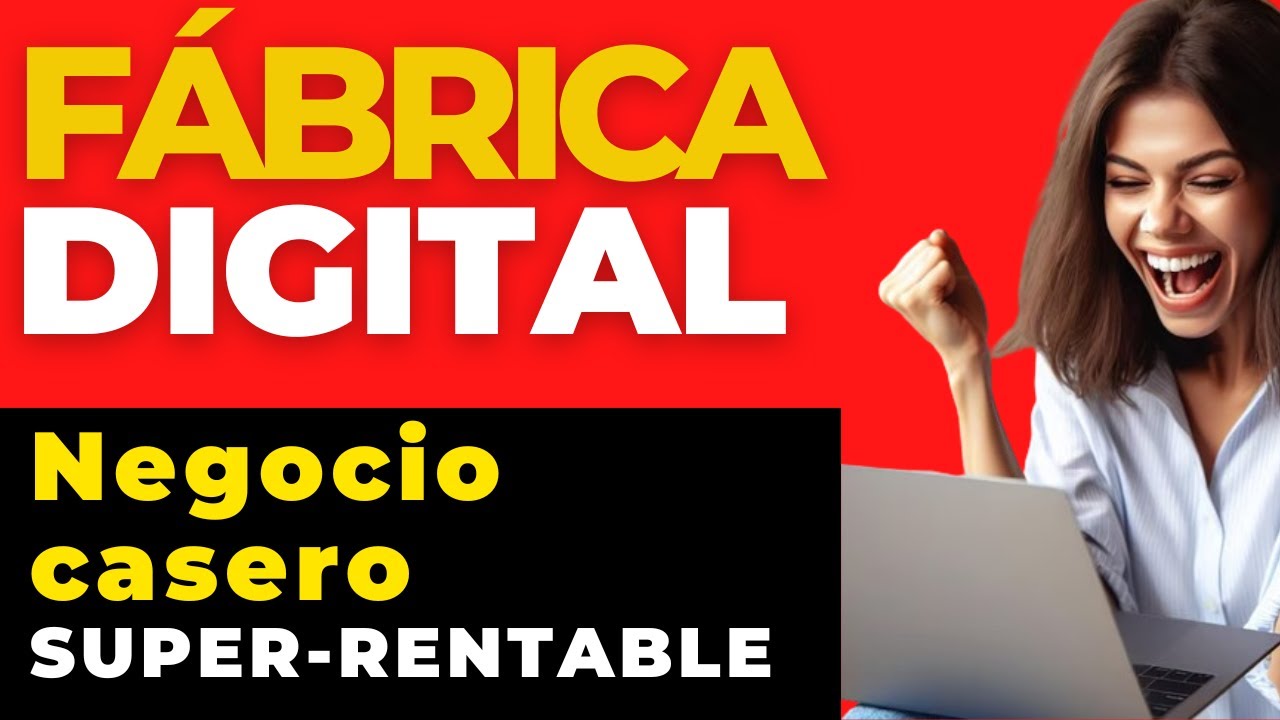Passive Income: I Sold Blank Books On Amazon, here's how...
Summary
TLDRThis video explores the lucrative potential of selling low-content books on Amazon, specifically planners, as passive income. The host tests the concept by creating a planner using Book Bolt, setting a one-hour deadline, and detailing the process from cover design to Amazon KDP listing. The result? Initial sales and a profitable venture with minimal risk.
Takeaways
- 💰 Selling low content books on Amazon can generate significant passive income, with some individuals earning thousands of dollars monthly.
- 📈 The creator sets a challenge to test the viability of this income stream by creating and selling their own low content book within an hour, adhering to three specific rules.
- 🛠️ Book Bolt is identified as an easy-to-use software for designing books, suitable for those without computer design skills.
- 🔍 Research is crucial for identifying popular low content book types, with planners being highlighted as a good choice due to their evergreen nature and high sales volume.
- 📚 The importance of avoiding high competition in the market is discussed, but it's noted that high competition doesn't preclude the possibility of making sales.
- 🎨 Creating an appealing book cover is essential, with the use of royalty-free images from Pixelbay suggested to avoid copyright issues.
- 🏷️ Branding the book can boost sales, as customers may be more likely to purchase from a recognizable brand.
- 📝 The script emphasizes the ease of creating book content using templates, which allows the creator to avoid writing any content.
- 📈 Amazon KDP is the platform of choice for publishing the book, offering a print-on-demand service with no minimum sales requirement for payment.
- 📊 Tags and categories are highlighted as key factors for visibility and sales on Amazon, with the suggestion to use high search volume tags and less popular categories.
- 💡 The creator's experiment resulted in initial sales after a few days, demonstrating the potential for passive income from low content books, even with minimal initial investment.
Q & A
What is the main topic of the video script?
-The main topic of the video script is about making and selling low content books, specifically planners, on Amazon KDP (Kindle Direct Publishing) as a source of passive income.
What are the three rules set by the person in the video for their project?
-The three rules set by the person are: 1) Not writing a single sentence in the book, 2) Doing everything from their laptop, and 3) Finishing the book in less than an hour.
What software does the person use to create the book?
-The person uses Book Bolt software to create the book, as it is easy to use and suitable for someone with no computer design skills.
Why did the person choose to create a planner as their low content book?
-The person chose to create a planner because it sells well, is not seasonal, and has a high search volume, making it an evergreen option.
What is the significance of using the Book Bolt research tab in the process?
-The Book Bolt research tab is used to find out what types of low content books are popular, helping the person decide on creating a planner.
How does the person handle the cover design for the planner?
-The person uses a black minimalistic design for the cover, avoiding copyrighted photos and using copyright-free images from Pixelbay.
What is the importance of creating a brand for the books?
-Creating a brand for the books helps in promoting sales and recognition. If one book sells well, customers may recognize the brand and purchase other books under the same brand.
How does the person ensure the inside pages of the planner are designed without writing any sentences?
-The person uses template options provided by Book Bolt to design the inside pages of the planner, which allows for planning without the need to write any sentences.
What is the process of getting the book live on Amazon KDP?
-The person exports the book from Book Bolt, downloads the necessary files, and then uploads them to Amazon KDP. They fill out the necessary details, set a price, and publish the book, which is then available for sale once approved.
What is the financial outcome of the person's first attempt at selling the planner on Amazon KDP?
-After the book was approved and listed on Amazon KDP, the person made their first sale on the fourth day and ended up selling 10 books, earning a total of $149.90. After deducting Amazon's costs and the Book Bolt membership fee, the net profit was $26.91.
Outlines

This section is available to paid users only. Please upgrade to access this part.
Upgrade NowMindmap

This section is available to paid users only. Please upgrade to access this part.
Upgrade NowKeywords

This section is available to paid users only. Please upgrade to access this part.
Upgrade NowHighlights

This section is available to paid users only. Please upgrade to access this part.
Upgrade NowTranscripts

This section is available to paid users only. Please upgrade to access this part.
Upgrade NowBrowse More Related Video

✅ FABRICA en CASA: gana dinero con PRODUCTOS DIGITALES de ALTA DEMANDA (2024)

10 Ide Produk Digital POTENSI RATUSAN JUTA | TREND 2024 SEBELUM KETINGGALAN

Do this NOW! KDP Beginners ✔️ | Newly Updated Amazon KDP Low Content Book Publishing Course

How This INSANELY Simple Book Makes $22,000 Per Month (Passive Income Idea)

10 Easiest AI Side Hustles - Make ACTUAL Money Online

I Found The EASIEST Way to Make Money with Amazon KDP
5.0 / 5 (0 votes)